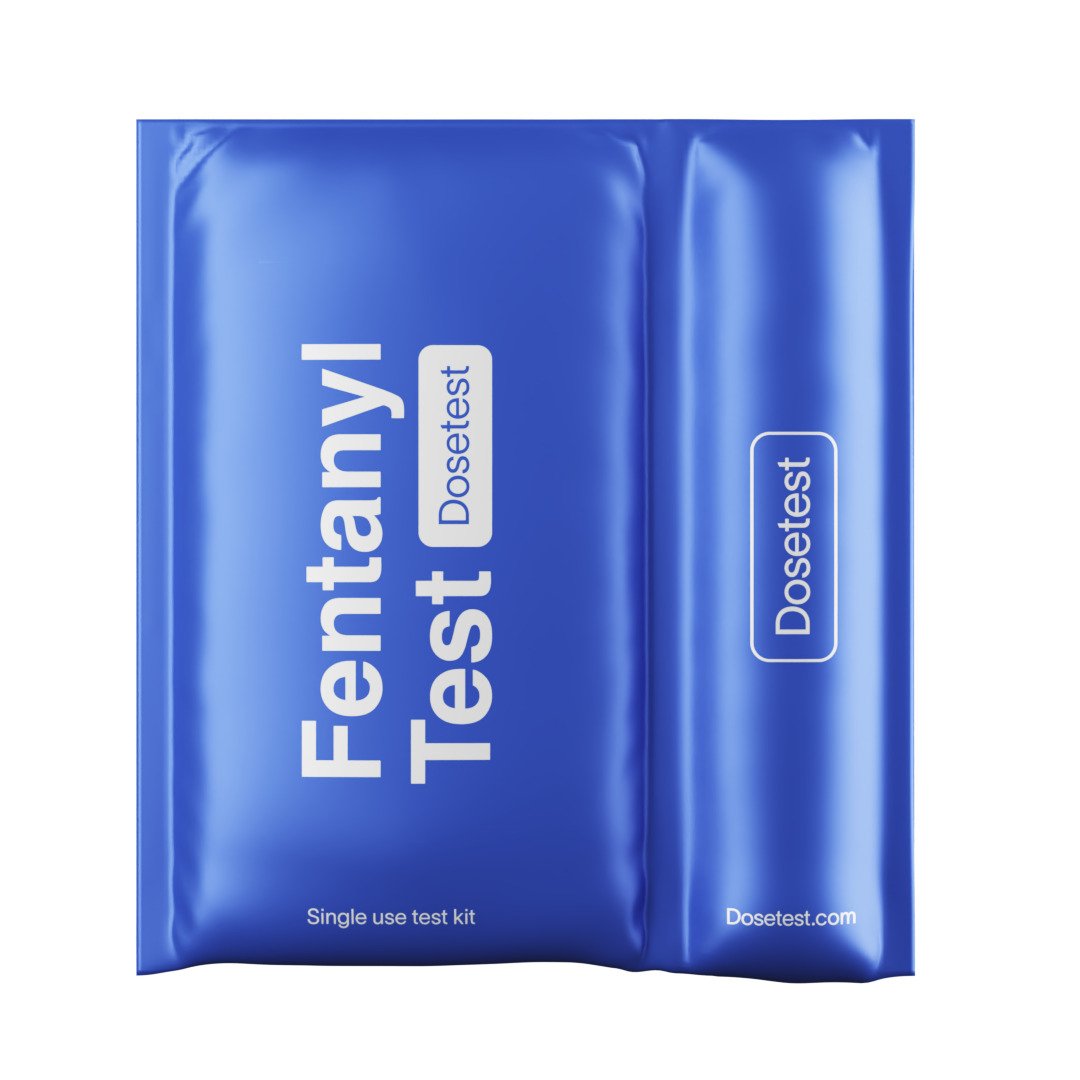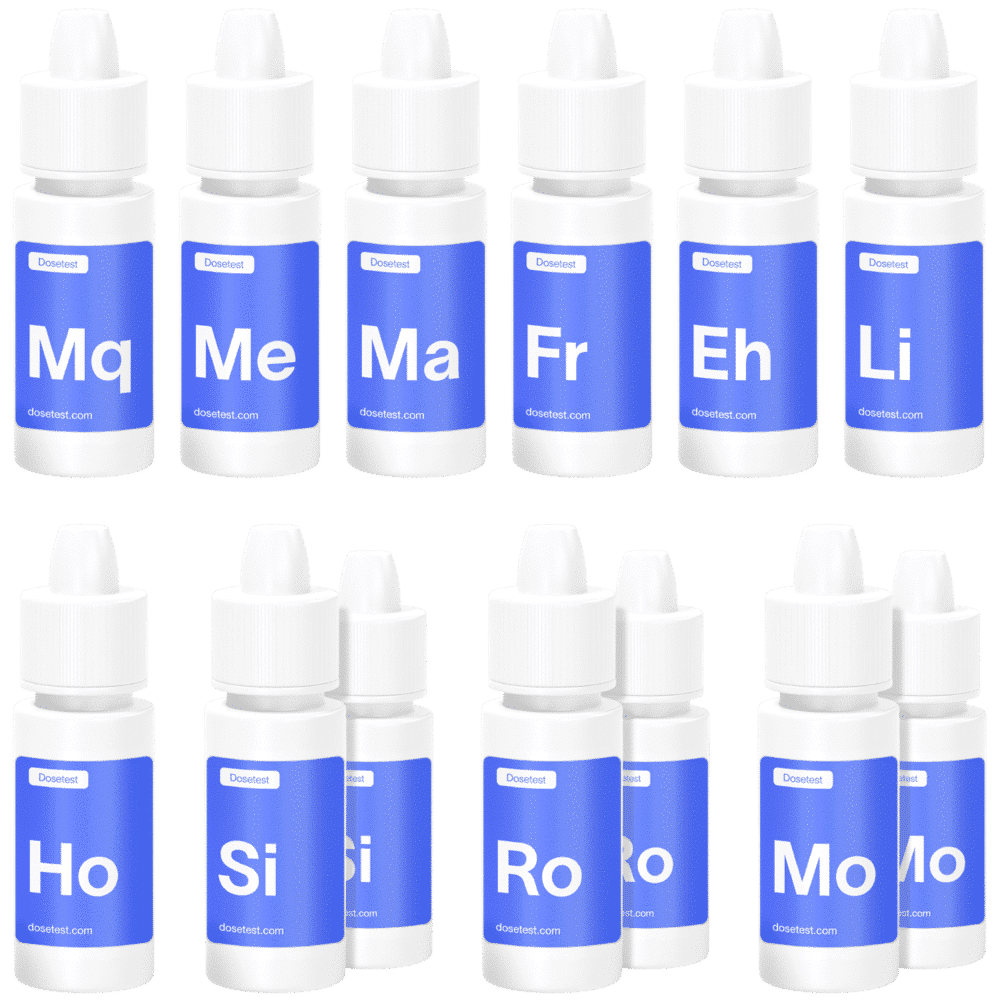Alpha-D2PV (or 1,2-diphenyl-2-(pyrrolidin-1-yl)ethan-1-one, but we’ll stick with A-D2PV for obvious reasons) really is hot off the press.
Reports indicate that this was first synthesised only in the middle of last year, by swapping a side-chain on a-PVP with a phenylacetyl group to create a homologue which the National Institute on Drug Abuse has warned could be equivalent in potency to the original a-PVP.
User reports haven’t quite matched up to such high praise, but are broadly positive and compare favourably to most of the substances which have been released in the last few years. It is reported to have stimulant/euphoric effects slightly milder than those of a-PVP with the dissociative effects you might expect from something that basically splitting the difference between a pyrovalerone (PV) and a diarylethylamine dissociative like diphenidine.
In a refrain that you’re going to be hearing a lot throughout this series, we don’t have much information on the health effects of A-D2PV. We can gather from related substances and existing user reports, however, that it’s extremely habit-forming and will probably do quite the number on both your brain and heart with extended use.
Beyond that though, we have no advice to offer other than basic harm-reduction practices (with the addition that you should probably take extra care of your snorter with saline/vitamin E oil where possible, as it’s reported to be pretty caustic).
This, in turn, brings us to our results! These will be added to our results tool shortly, but please feel free to share them around in the meantime – if you can plug this article or us in general then we’d certainly appreciate that too.
Only two of our reagents elicited any response, the reactions are shown in full above:
With our (Li) Liebermann testkit you can expect to see a yellow reaction, alongside bubbling.
With our (Ma) Mandelin testkit you can expect to see a a slightly red reaction.


